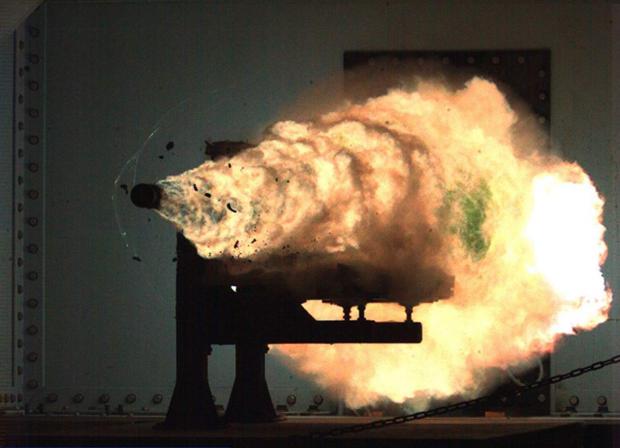
Breaking News
 $26M Frozen on Blockchain - With One Click
$26M Frozen on Blockchain - With One Click
 Italy are on national strike shutdown rejecting digital enslavement...
Italy are on national strike shutdown rejecting digital enslavement...
 The following U.S. states are currently using the rebranded "Reporty Homeland Security" so
The following U.S. states are currently using the rebranded "Reporty Homeland Security" so
 NATO Chief Urges Europe To Prepare For Long-Term World War With Russia, China, Iran & North Korea
NATO Chief Urges Europe To Prepare For Long-Term World War With Russia, China, Iran & North Korea
Top Tech News
 HUGE 32kWh LiFePO4 DIY Battery w/ 628Ah Cells! 90 Minute Build
HUGE 32kWh LiFePO4 DIY Battery w/ 628Ah Cells! 90 Minute Build
 What Has Bitcoin Become 17 Years After Satoshi Nakamoto Published The Whitepaper?
What Has Bitcoin Become 17 Years After Satoshi Nakamoto Published The Whitepaper?
 Japan just injected artificial blood into a human. No blood type needed. No refrigeration.
Japan just injected artificial blood into a human. No blood type needed. No refrigeration.
 The 6 Best LLM Tools To Run Models Locally
The 6 Best LLM Tools To Run Models Locally
 Testing My First Sodium-Ion Solar Battery
Testing My First Sodium-Ion Solar Battery
 A man once paralyzed from the waist down now stands on his own, not with machines or wires,...
A man once paralyzed from the waist down now stands on his own, not with machines or wires,...
 Review: Thumb-sized thermal camera turns your phone into a smart tool
Review: Thumb-sized thermal camera turns your phone into a smart tool
 Army To Bring Nuclear Microreactors To Its Bases By 2028
Army To Bring Nuclear Microreactors To Its Bases By 2028
 Nissan Says It's On Track For Solid-State Batteries That Double EV Range By 2028
Nissan Says It's On Track For Solid-State Batteries That Double EV Range By 2028
You Won't Believe How Powerful the Navy's New Railgun Is

Key Point: The science of rail guns may have finally been unlocked.
While the U.S. Navy had announced a few years back it would take a prototype railgun to sea onboard the expeditionary fast transport USNS Trenton (JHSV-5) in 2016, the service may have to scupper those plans.
If the Navy does take the railgun out to sea on a fast transport, it will be in 2017 at the earliest. In lieu of testing the prototype rail gun in an at-sea environment, the Navy might instead proceed directly to developing an operational weapon system.
"It's not definitely off but it's not definitely going ahead," Rear Adm. Peter Fanta, the Navy's director of surface warfare, told Defense News during a Dec. 30 interview.
"Primarily because it will slow the engineering work that I have to do to get that power transference that I need to get multiple repeatable shots that I can now install in a ship. And I would frankly rather have an operational unit faster than have to take the nine months to a year it will take to set up the demo and install the systems, take the one operational [railgun] unit I have, put it on a ship, take it to sea, do a dozen shots, turn around, take it off, reinstall it into a test bed."

 Carbon based computers that run on iron
Carbon based computers that run on iron

